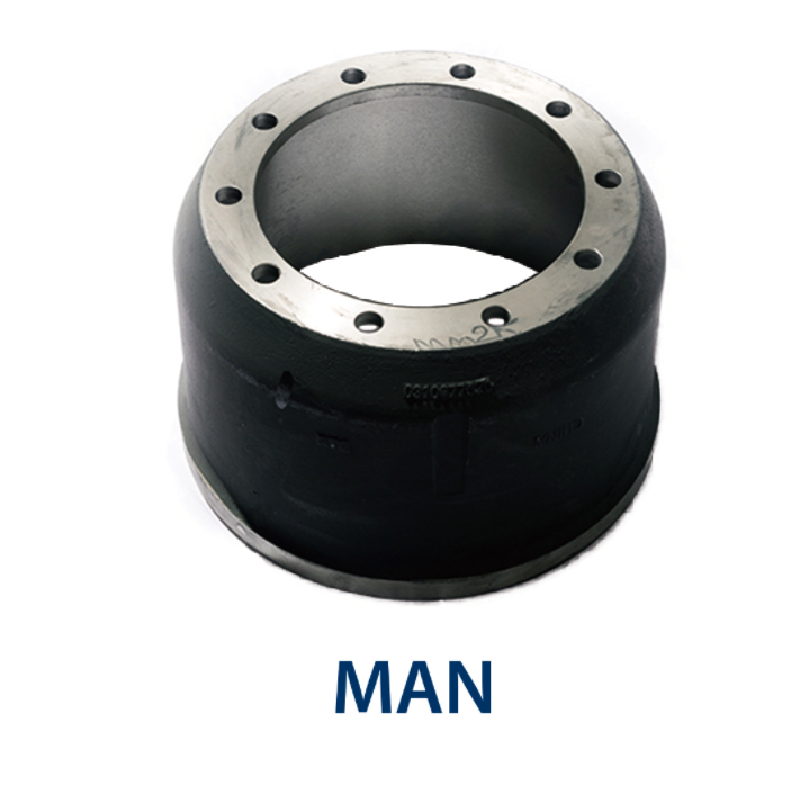Dec . 07, 2024 14:29 Back to list
how to measure brake drum size
How to Measure Brake Drum Size A Comprehensive Guide
Brake drums are an essential component of a vehicle’s braking system, particularly in those that use drum brakes. Over time, these drums can wear out and may need to be replaced. Understanding how to measure brake drum size is crucial for proper replacement and ensuring your vehicle operates safely. In this article, we will walk you through the steps for measuring brake drum size accurately and provide some additional tips along the way.
Tools You Will Need
Before you begin measuring, you will need a few basic tools
1. Caliper or Ruler A digital caliper is ideal for precise measurements, but a standard ruler can work if you’re careful. 2. Micrometer If you want to measure the thickness of the drum accurately. 3. Notepad and Pen To document your measurements for future reference.
Step-by-Step Guide to Measuring Brake Drum Size
1. Safety First Ensure that your vehicle is parked on a level surface and that the parking brake is engaged. If you are using a jack to lift the vehicle, securely support it with jack stands.
2. Remove the Wheel If necessary, remove the wheel to gain access to the brake drum. This may involve loosening lug nuts and using a socket wrench.
3. Clean the Area Use a clean cloth to wipe off any dirt or debris from the brake drum. This ensures that you get accurate measurements without any obstructions.
how to measure brake drum size

4. Measuring the Diameter - Outside Diameter To measure the diameter of the brake drum, use your caliper or ruler to measure from one edge of the drum to the other, passing through the center point. Note down this measurement, as it indicates the outer diameter of the drum. - Inside Diameter If you're measuring for a lining replacement, you’ll also need the inside diameter. For this, carefully measure the inner surface of the drum. Generally, this is best done using a special drum gauge that can measure the inside curve accurately.
5. Measuring Thickness - Use a micrometer to measure the thickness of the brake drum at several points around the surface. It’s essential to do this because brake drums can wear unevenly over time. You want to ensure that the thickness is consistent and within the manufacturer’s specifications. - The minimum thickness is often stamped on the drum itself, or you can refer to user manuals for specific values.
6. Document Your Measurements Write down all measurements clearly in inches or millimeters. This information will be vital when purchasing replacement parts or consulting with a mechanic.
Additional Tips
- Check for Warping Even if the drum size is within specifications, check for warping or uneven surfaces, as these can affect brake performance. If you notice any irregularities, it might be worth having the drum resurfaced or replaced.
- Remember the Manufacturer’s Specifications Always compare your measurements with the manufacturer’s specifications for that specific vehicle model. This will help you confirm whether the drum is suitable for replacement or needs servicing.
- Use Caution When Handling Brake Parts Brake drums and related components may accumulate dust that can be hazardous. Always wear gloves and a mask to protect yourself from potential brake dust.
Conclusion
Measuring brake drum size is a straightforward process that can save you both time and money when it comes to vehicle maintenance. By knowing how to accurately measure the diameter and thickness of your brake drums, you can ensure that you are using the correct components for your brake system. Properly measured and maintained brake drums contribute significantly to effective braking performance, enhancing your safety on the road. If you’re ever in doubt, consult a professional mechanic to assist you with this critical aspect of vehicle maintenance.
-
Volvo Brake Drum: OEM Quality, Optimal Safety
NewsAug.27,2025
-
Durable Brake Drum MAZ for Heavy Duty Trucks | High Performance
NewsAug.26,2025
-
FUWA: Premium Quality, Reliable Performance & Innovative Solutions
NewsAug.25,2025
-
Liza Brake Drum: Superior Quality & Performance for Safe Driving
NewsAug.24,2025
-
Iveco Brake Drum | Premium OE Quality for Daily & Eurocargo
NewsAug.22,2025
-
Your Brake Drum Man: Quality & Performance Parts
NewsAug.21,2025
